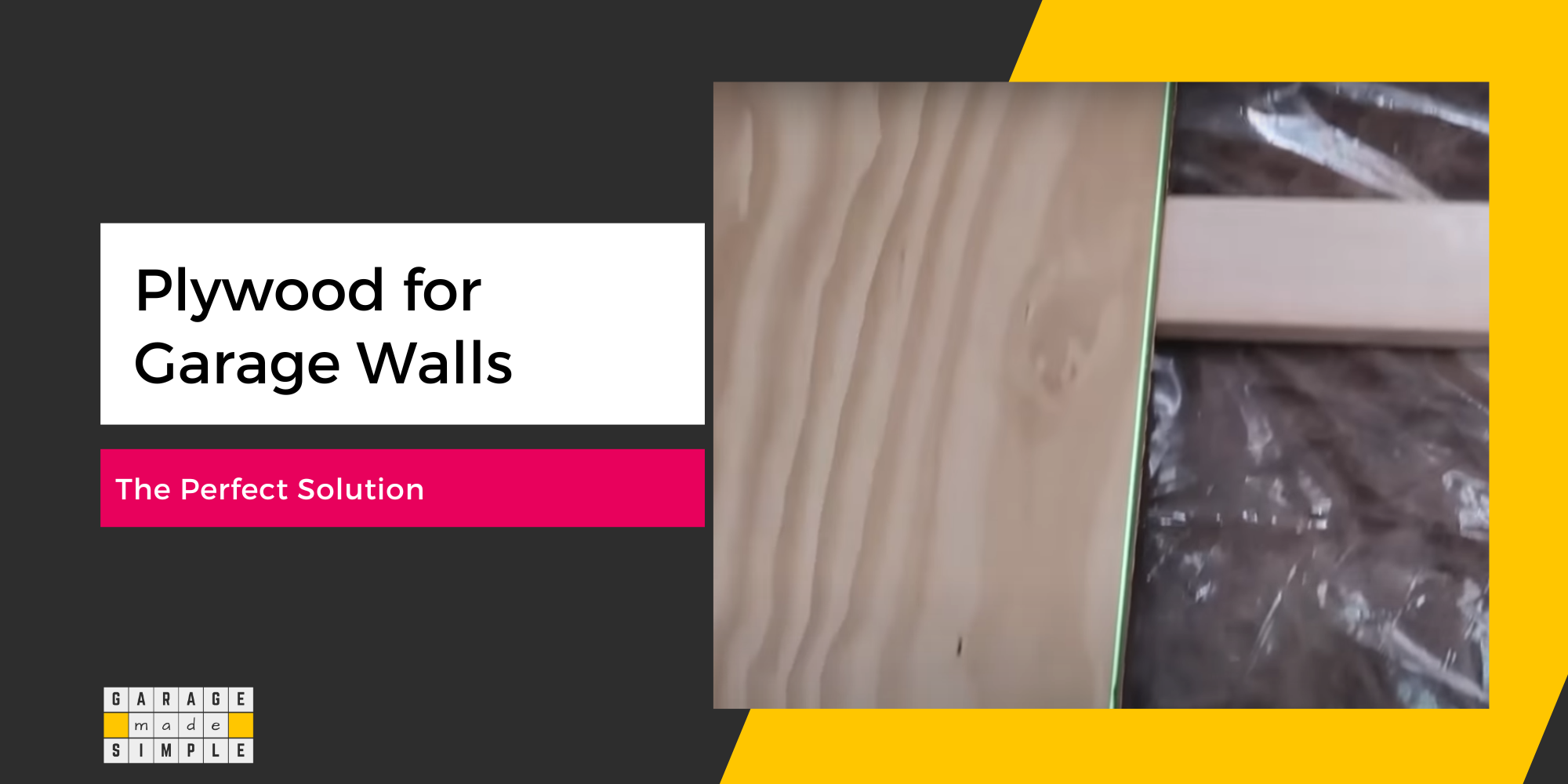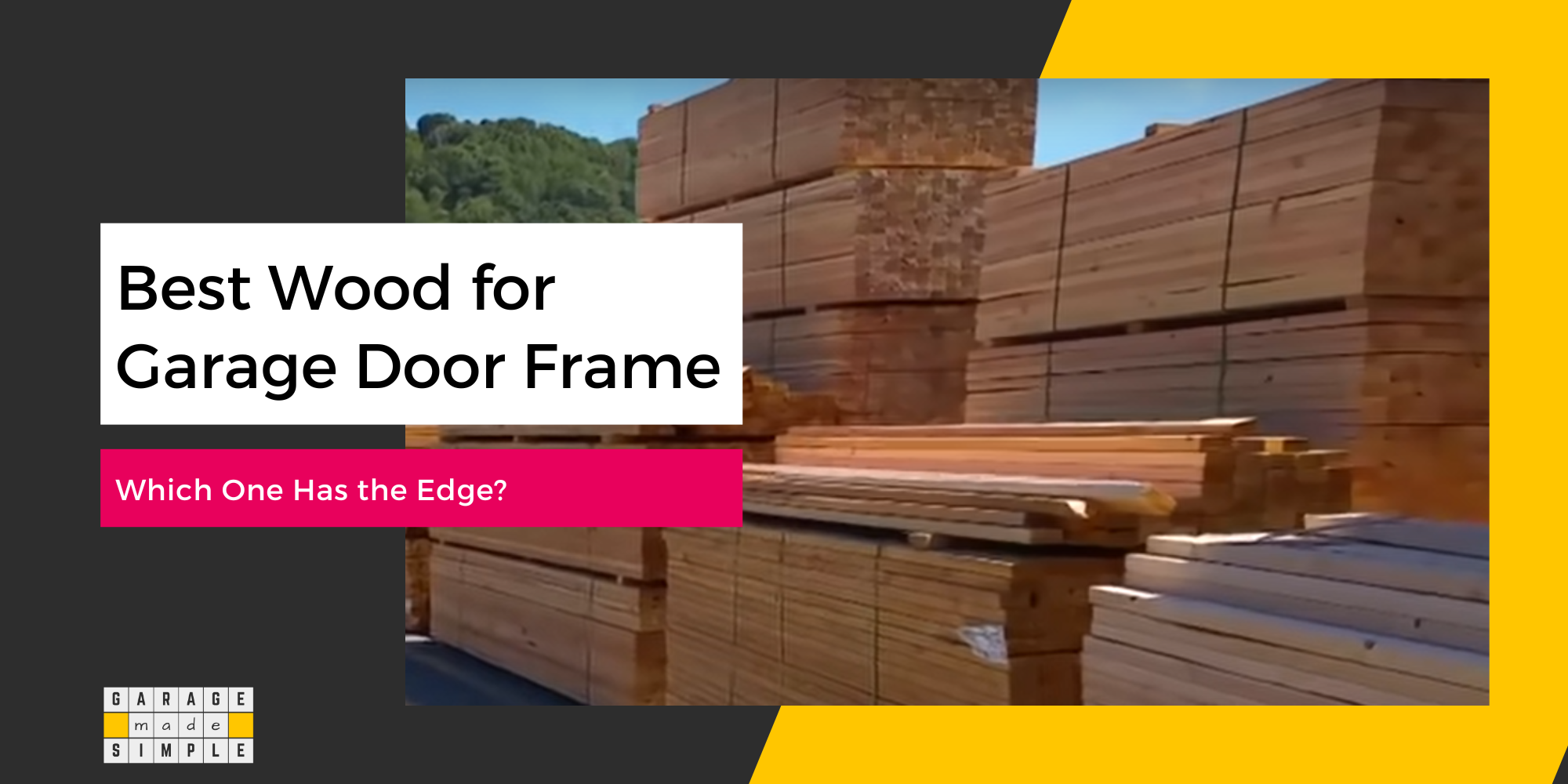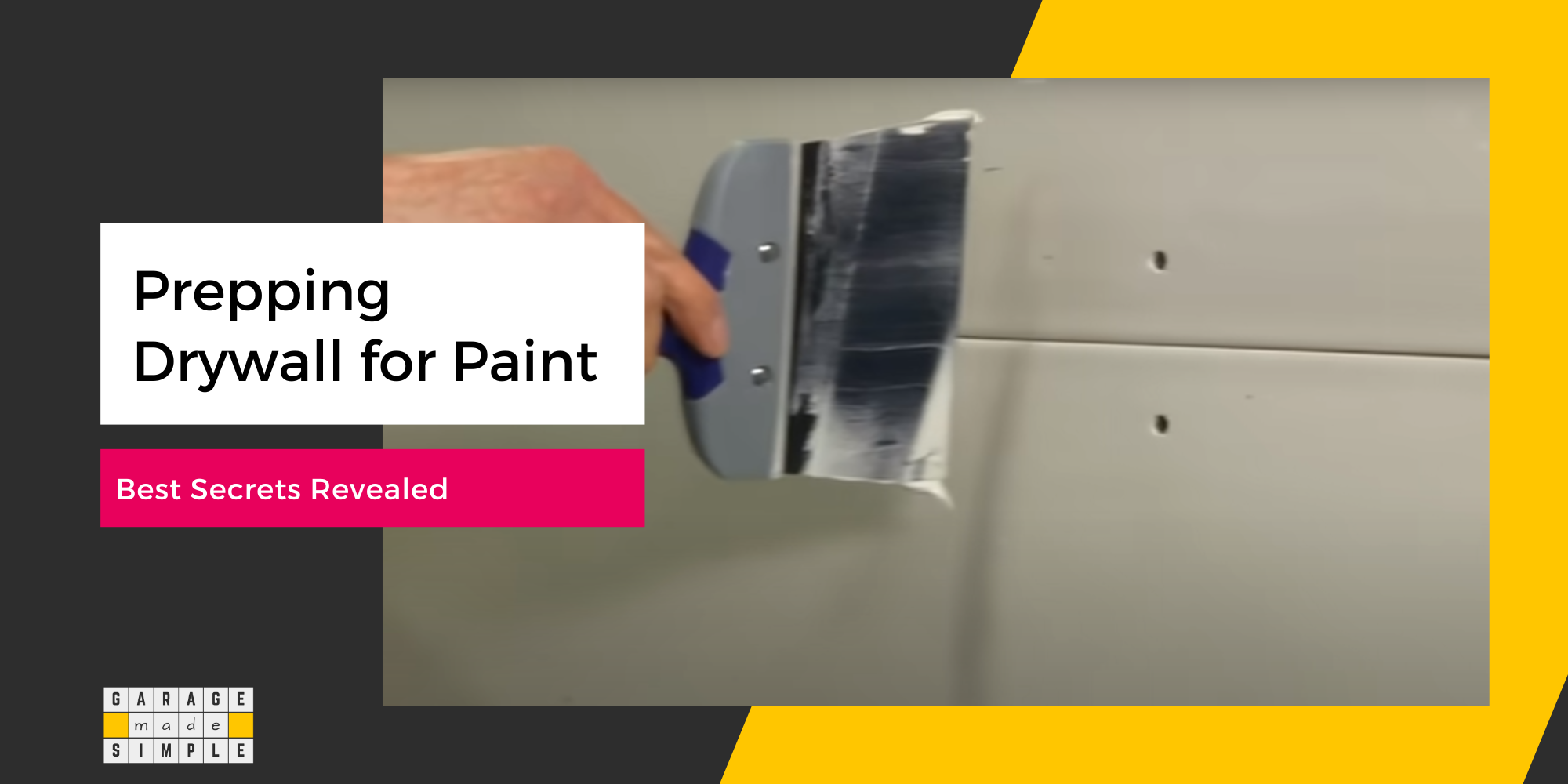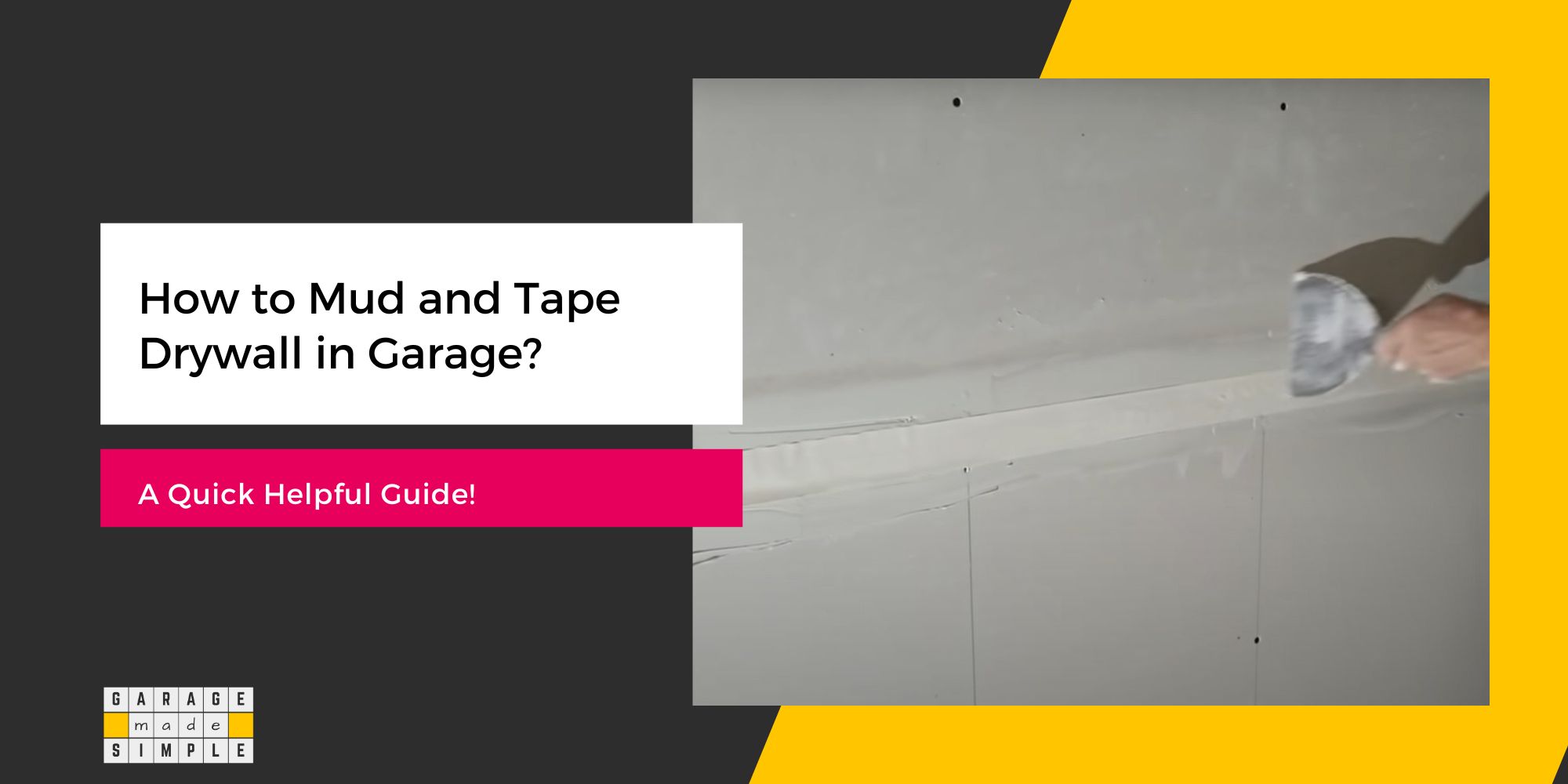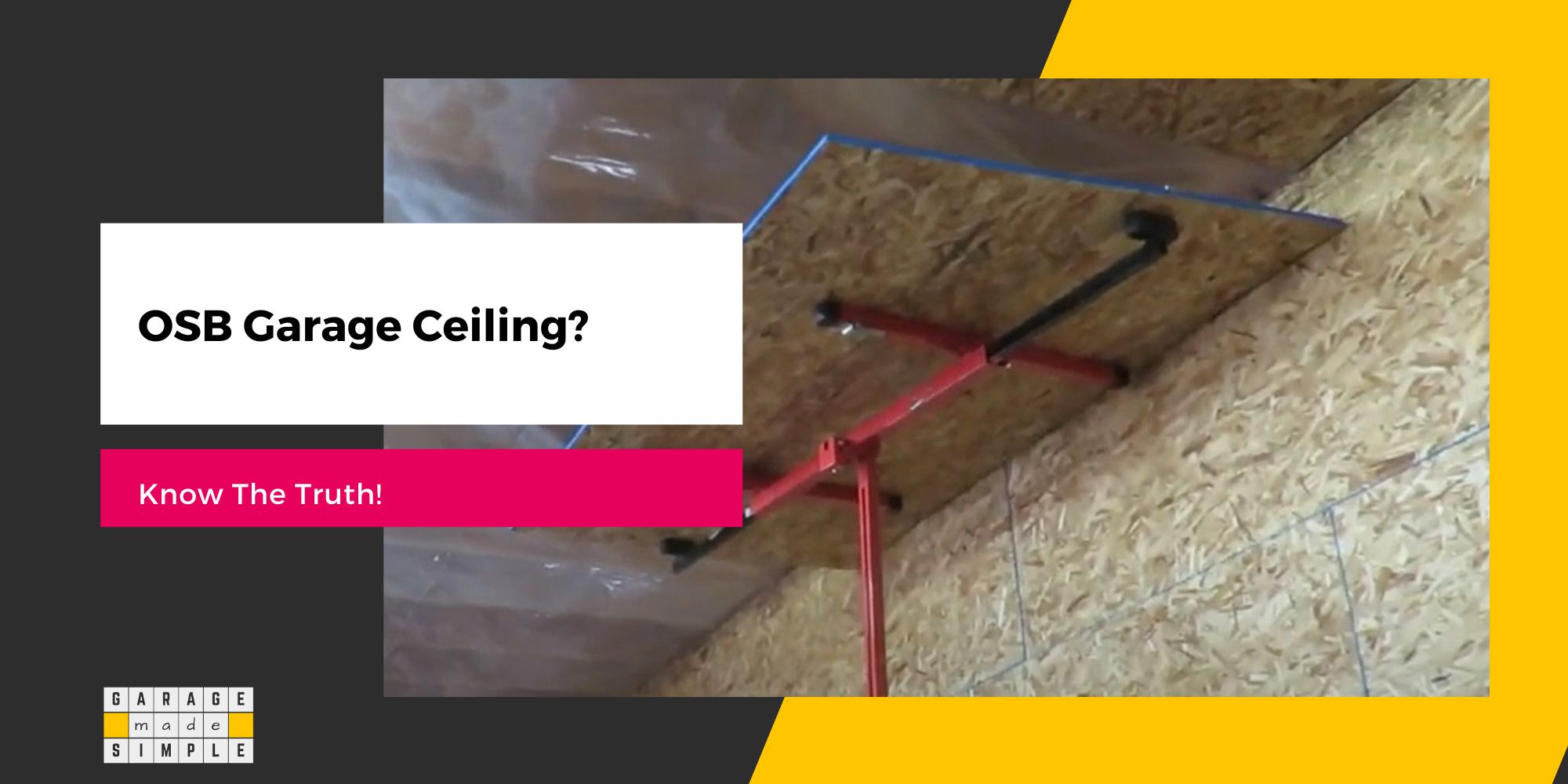Is Vapor Barrier Between Garage and House Necessary? Expert Advice!
As an Amazon Associate, I earn from qualifying purchases.
Do You Need a Vapor Barrier Between Garage and House?
You need a vapor barrier between garage and house only if you live in Zone 7 or Zone 8 of the US. For other zones a vapor barrier between garage and house is not really required.
Here is why?
For those residing in cold climate zones, particularly Zones 7 and 8, there can be a substantial difference in temperature and humidity levels between the garage and the house. The garage will be extremely cold and devoid of humidity. However, the house will be warm and somewhat humid.
This can result in a heightened rate of vapor diffusion from the house to the garage through the wall between them. The vapor that emerges on the garage side will condense and form water droplets on the garage sheathing.
Moisture on the garage wall is likely to cause all kinds of moisture-related issues, including mold and mildew growth. In such climatic conditions, installation of vapor barrier on the warm-in-winter side of the wall will prevent such moisture-related issues in your garage.
In other zones, where the cold is not that severe, there will still be some vapor diffusion from the warm house to the cold garage, during winter months, but this is minimal and unlikely to result in any serious moisture-related issues.
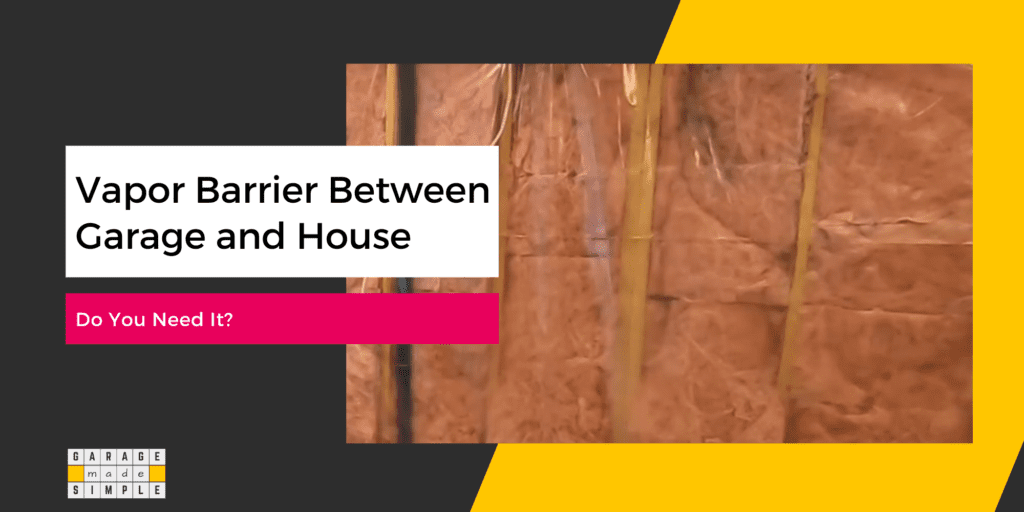
What is a Vapor Barrier?
A vapor barrier is a material that prevents the movement of vapor from an area of high vapor concentration, such as an attached garage to an area of low vapor concentration, such as your home.
Vapor barrier and moisture barrier, terms often used interchangeably, are essentially the same thing. In fact the correct terminology is “vapor diffusion retarder”.
In theory, every material will have have some ability to retard vapor diffusion. This is why scientists and engineers have come up with a unit of measurement called “perm”
A perm is a unit of permeance or “water vapor transmission” given a certain differential in partial pressures on either side of a material or membrane.(57.213 ng·s·m²·Pa).
The U.S. perm is defined as 1 grain of water vapor per hour, per square foot, per inch of mercury.
WIKIPEDIA
The lower the perm, lower is the permeability of the material and higher is its ability to retard the diffusion of vapor.
The International Residential Code describes three classes of water vapor retarders as under:
| Class | Permeability (perms) | Materials (Examples) |
|---|---|---|
| Class I | 0.1 or less | Glass, Sheet metal, Polyethylene sheet, Rubber membrane |
| Class II | 0.1 – 1.0 | Unfaced expanded/extruded polystyrene, 30 lb asphalt coated paper, Plywood, Bitumen coated kraft paper |
| Class III | 1.0 – 10 | Gypsum board, Fiberglass insulation (unfaced), Cellulose insulation, Board lumber, Concrete block, Brick, 15 lb asphalt coated paper, House wrap |
How To Install a Vapor Barrier Between Garage And House?
Now if your house is in a zone where temperatures can get really low in winter, your attached garage is insulated but unheated and you have noticed water condensation on the garage wall adjoining the house, you should consider installing a vapor barrier between garage and house.
Supplies
A polyethylene sheet is the “go to” vapor barrier membrane often used. However, it is usually not the right one to use. It can actually do more harm than good by trapping moisture in the cavity during summer.
CertainTeed’s MemBrain™ is a game-changer, combining air barrier and moisture control, ensuring Complete Comfort. MemBrain™ adapts to humidity, keeping walls dry in winter and summer.
CertainTeed’s MemBrain™ is ideal for zones 4C and above. MemBrain™ fits areas with summer cooling and winter heating. Click on CertainTeed’s MemBrain™ to order it from Amazon.
You should also get a high quality tape such as 3M TALC Construction Seaming Tape, which is an excellent Sheathing Tape for seaming, splicing, sealing, and repairing vapor barriers. It remains flexible in both cold and hot weather.
The only other tools you need is a utility knife and a vacuum to clean up after the job.
Installation
Begin at a room corner and lay the MemBrain SVR roll with one end touching the wall edge. Unroll the MemBrain SVR along the wall until you reach the next corner.
Cut the film slightly longer than the wall’s length. Place one corner of the cut sheet at the insulated wall’s top corner, ensuring the factory-cut edge covers the top sill plate.
Staple this corner. Pull the sheet tight and staple the other corner’s offset edge to the top sill plate.
Let the sheet unfold to the floor. Staple the sheet to the bottom sill plate and along each stud, minimizing wrinkles for easier drywall installation.
Trim around windows, doors, and outlet boxes. Use cellophane tape for cuts longer than 4″. If using multiple MemBrain SVR pieces per wall, overlap them by at least 3″.
Please also check out my earlier blog post Vapor Barrier For Garage Floor (10 Important Things You Need To Know).
Thank you very much for reading the post. I do hope you found it informative and useful.

